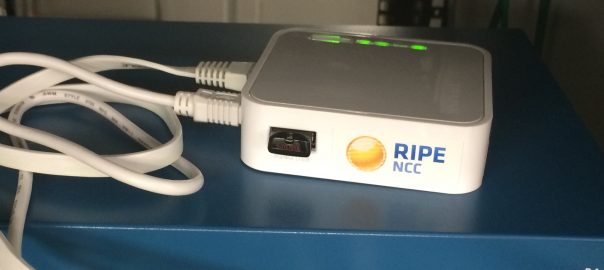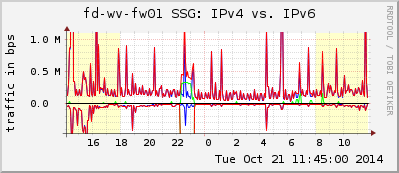I did a short presentation at the spring 2020 roundtable of the UK IPv6 Council. The talk was about a case study I did with my NTP server listed in the NTP Pool project: For 66 days I captured all NTP requests for IPv6 and legacy IP while analyzing the returning ICMPv6/ICMPv4 error messages. (A much longer period than my initial capture for 24 hours.) Following are my presentation slides along with the results.
Continue reading UK IPv6 Council Spring 2020: Incorrect Working IPv6 Clients & Networks






